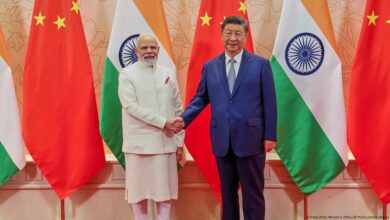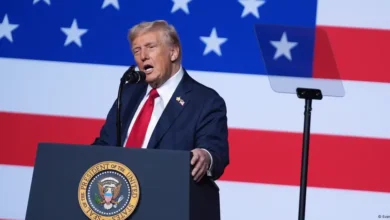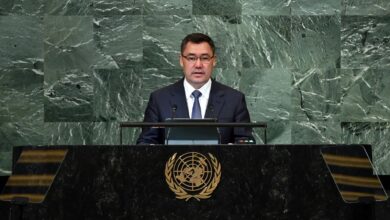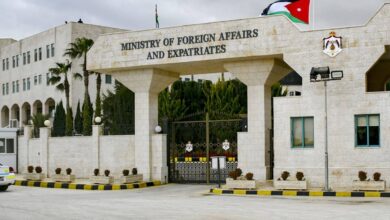BRICS at 15: Navigating promise, power, paradox and the future of Global South
Ultimately, BRICS at 15 reflects a delicate balance between potential and paradox—a forum capable of advancing the Global South’s interests, yet constantly negotiating the tensions inherent in a diverse and geopolitically complex membership.
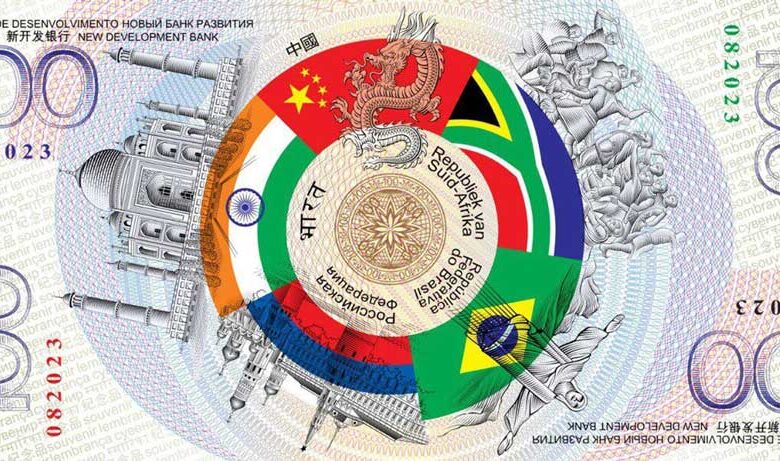
When the leaders of Brazil, Russia, India, and China first convened in Yekaterinburg in 2009, the acronym “BRIC” was a fresh term coined by Goldman Sachs. Fifteen years later, the grouping, now BRICS, has grown in influence, with expanded membership, its own financial institutions, and an increasingly visible role in global governance. Yet a central question persists: can BRICS truly reshape global governance, or does it remain an informal forum for discussion?
The current international context explains the heightened attention on BRICS. Geopolitical tensions have strained the global system, trade wars have undermined the rules-based order, and the Global South faces mounting pressures. The IMF estimates global debt at over $102 trillion, with developing nations carrying around $31 trillion of that burden.
These financial obligations limit the fiscal space for investments in health, education, and climate adaptation. In this environment, BRICS gains significance as a platform for the Global South, addressing issues often sidelined in traditional forums, from fertilizer shortages to women’s development. With faltering Western climate commitments, BRICS has the potential to serve as a development-focused voice for the Global South, prompting many to view the group as a rare “silver lining.”
From the perspectives of Brazil and India, BRICS is less an anti-Western bloc and more a forum for political coordination among diverse partners. Despite differences in geography and history, its members converge on common objectives such as promoting health, education, and development. Brazil emphasizes climate finance, vaccine research and development, trade facilitation, and digital platforms, while underscoring that BRICS is not designed to confront the West.
Brazil’s foreign policy positions it as a bridge-builder in North–South dialogue while advocating for reforms in multilateral trade, resisting unilateral tariffs, and preserving BRICS’s role in peace and security debates. Both Brazil and South Africa have supported India’s longstanding demand for a permanent seat on the UN Security Council, signaling potential alignment on institutional reform. India, meanwhile, views BRICS as a vehicle for reform and tangible outcomes.
Its strength lies in offering non-conditional alternatives, a feature appealing to debt-distressed developing nations. India has already implemented over thirty local currency settlement arrangements and is globalizing its digital public infrastructure model, including adapting the Unified Payments Interface (UPI) for cross-border use.
Such initiatives provide a practical buffer for Global South economies, complementing India’s plans under its 2025 BRICS chairship to prioritize low-cost digital solutions, energy security through platforms like the International Solar Alliance, and women’s development. For India, BRICS is a laboratory for scalable innovations aligned with domestic development goals.
Despite its promise, BRICS is inherently paradoxical. While it claims to represent the Global South, two key members—China and Russia—are major powers with agendas that frequently clash with the West. At the Rio Summit, Brazilian President Luiz Inácio Lula da Silva framed BRICS as the heir to the Non-Aligned Movement, emphasizing multipolarity, reform, and the promotion of diverse development models.
Yet, in practice, China and Russia often prioritize contesting Western influence, creating tensions within the forum. The absence of Presidents Xi Jinping and Vladimir Putin at the Rio Summit underscored how geopolitics continues to shape BRICS’s credibility.
China has sought to centralize its influence through institutional architecture, promoting platforms like the New Development Bank, the Asian Infrastructure Investment Bank, and the BRICS Pay system. These initiatives strengthen South–South connectivity, expand infrastructure finance, and reduce reliance on the dollar, allowing China to incrementally reshape global governance from within BRICS.
Russia, in contrast, plays the dual role of mediator between China and India while advancing anti-Western narratives, as seen in the 2024 Kazan summit compared with the more restrained Rio summit. This internal divergence highlights the complex dynamics shaping BRICS’s trajectory.
The recent expansion of BRICS underscores its growing appeal as an alternative forum but also poses challenges, including potential dilution of coherence and internal disagreements. Proposals to institutionalize the grouping, such as creating a BRICS Secretariat, reflect recognition that informal arrangements must evolve if BRICS is to deliver concrete outcomes.
The New Development Bank exemplifies the potential for BRICS to provide finance without the intrusive conditionalities typical of Bretton Woods institutions. Initiatives like India’s cross-border UPI settlements and Brazil’s push for intra-BRICS trade platforms represent incremental but meaningful progress. BRICS, as a silver lining, embodies both promise and fragility: for Brazil, the focus is convergence; for India, it is institutionalization and results.
Outside observers admire BRICS as an emerging counterweight to established powers, but internally, contradictions persist. Moving forward, the grouping must consolidate its role as a supplementary pillar of global governance, normalizing non-conditional finance, enabling diverse development pathways, and foregrounding the priorities of the Global South that are often neglected in other forums.
Ultimately, BRICS at 15 reflects a delicate balance between potential and paradox—a forum capable of advancing the Global South’s interests, yet constantly negotiating the tensions inherent in a diverse and geopolitically complex membership.
Follow The Times Kuwait on X, Instagram and Facebook for the latest news updates







